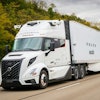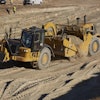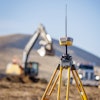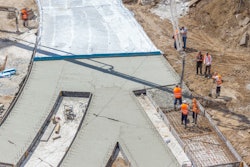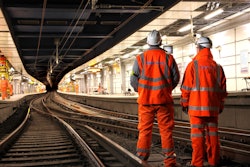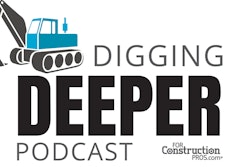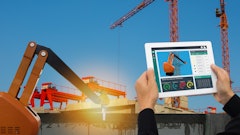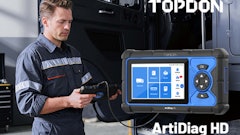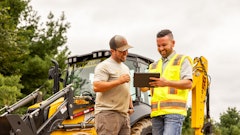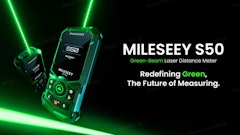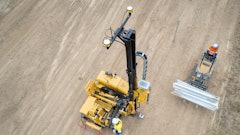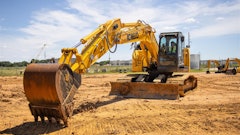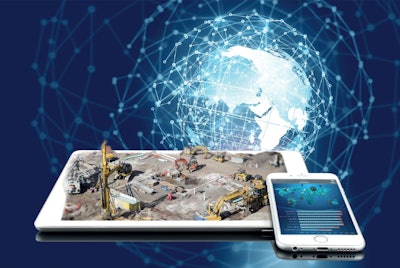
Perhaps the best definition of the Internet of Things (IoT) appeared in a Forbes magazine article written by the futurist Jacob Morgan. According to Morgan, the IoT refers to the concept of “basically connecting any device with an on and off switch to the Internet (and/or to each other).”
The technologies behind the Internet of Things have existed for many years in the construction market. Features like remote access, office-to-field data exchange, cloud computing and data storage are not new. It is more about contractors accepting and investing in the technologies. Technology developers in the construction market are now focusing on creating easier, reliable access to the abundance of data.
“The opportunities are seemingly limitless. The power of IoT provides comprehensive planning, process control, workflow monitoring and extensive reporting that will bring our customers the full advantages of connectivity,” says Ivan Di Federico, executive vice president and chief strategy officer, Topcon Positioning Systems.
IoT Platform
What is referred to as the “IoT Platform” is the operating world in which the construction market has been evolving. The IoT Platform is meant to provide equipment manufacturers and construction contractors with analytics and reports about various aspects of their tasks and assets in order to enhance the decision-making process and obtain the best possible management of resources, fleets and personnel.
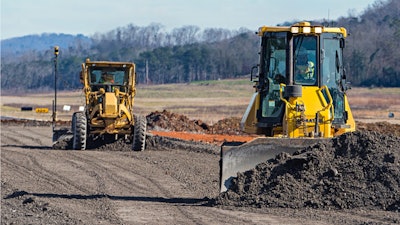 Equipping each piece of equipment with the capability of sending and receiving data allows the platform to reproduce a detailed digital representation of the product, called a digital twin.
Equipping each piece of equipment with the capability of sending and receiving data allows the platform to reproduce a detailed digital representation of the product, called a digital twin.
“Thanks to the digital twins of our products, activities like monitoring, diagnosis and repair can be completed remotely,” Di Federico states. “What this means is we can have experts based anywhere in the world able to provide monitoring, troubleshooting and/or repairs without needing to be physically there at the work site or contractor’s location. This would result in tremendous savings of time and travel expenses. Moreover, there can be direct collaboration between on-site personnel and equipment operators and our experts.”
Data is Key
Smart, connected construction equipment can allow tracking of how it is being used. Through the accumulation of historical data, the IoT platform can build patterns of information to better understand contractors’ needs and the environment in which they operate, and provide advanced solutions to fit their needs. Data collected from smart, connected products and systems provide detailed information on how the products’ features are used, which are most useful and which are ignored.
The collected data (Big Data) provides options for different types of analysis:
- Descriptive -- to retrieve a detailed report of current conditions and understand what happened in a specific working environment
- Predictive -- to provide a reliable prediction about product performances and forestall the occurrence of potential malfunctioning or damage
- Prescriptive -- to know how to optimize and automate the process and the workflow via real-time project maps and plans which feed the machines
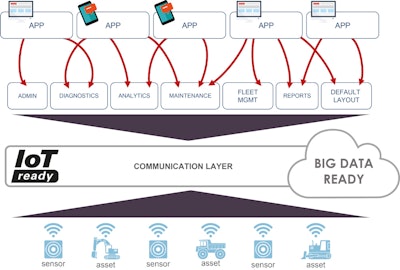 The platform allows data collection and analysis from diverse sources (e.g., telematics devices, sensors, wearable devices, etc.). A communication layer processes all collected data, which can prompt users with a specific menu of information according to their needs. Users will also be able to take advantage of a ready-to-go application, or to build their own app. and infuse it with information retrieved from the IoT platform.
The platform allows data collection and analysis from diverse sources (e.g., telematics devices, sensors, wearable devices, etc.). A communication layer processes all collected data, which can prompt users with a specific menu of information according to their needs. Users will also be able to take advantage of a ready-to-go application, or to build their own app. and infuse it with information retrieved from the IoT platform.
For equipment owners and managers, analytics can be used to compare usage patterns in order to improve services, increase productivity, ensure better quality and create more accurate pricing and bidding strategies.
The ultimate benefits of Big Data is cost reductions and deeper insights as to what customers need. “Interconnected smart technology is both central to how we engineer our solutions and produce their functionality for our customers,” says Di Federico. “The challenges, as with most innovation, have mostly to do with adoption. Once construction contractors have an opportunity to see first-hand how the solutions we provide make them more efficient, the concept of IoT makes perfect sense.
"Greater productivity means undeniable higher profits for their businesses," he continues, "and assists them in meeting what we at Topcon call 'The Intersection of Infrastructure and Technology.' It is the meeting point where construction productivity is improved by applying intelligent positioning technology, and clearly IoT is part of this bigger picture.”
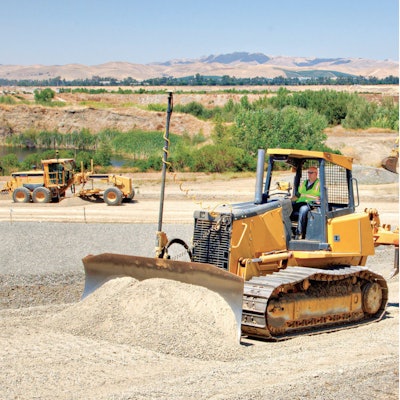 Providing connected solutions enables contractors to have comprehensive monitoring of conditions, operations and the work site through sensors and data.
Providing connected solutions enables contractors to have comprehensive monitoring of conditions, operations and the work site through sensors and data.
“We call it ‘descriptive, predictive and prescriptive’ analytics,” Di Federico said. “The result for customers is higher productivity, less downtime and waste, and ultimately more profitability, combined with less stress. We absolutely design our solutions with IoT top of mind.
For example, the Topcon Tierra remote asset management system provides total visibility and control, including diagnostics and maintenance for reducing costs and improving performance.
"Our MAGNET software solutions suite provides real-time connected support for hardware, as well as integration with our Sitelink3D service for instant data transfer and connectivity into active project sites," states Di Federico. "Additionally, Sitelink3D allows customers to plan, schedule, assign tasks and get reports, all in real time. When practically any new product or system is designed, integration with these solutions is standard and expected procedure.”
The success of technology that enables construction contractors to bid projects more accurately based on their own historic production data and get their jobs completed faster, more accurately and more efficiently using intelligent interconnected technology has raised customer expectations.
"For construction contractors and OEMs today, the tremendous benefits of IoT enhances the decision-making process for obtaining the best possible management of resources, fleets and personnel," says Di Federico.
